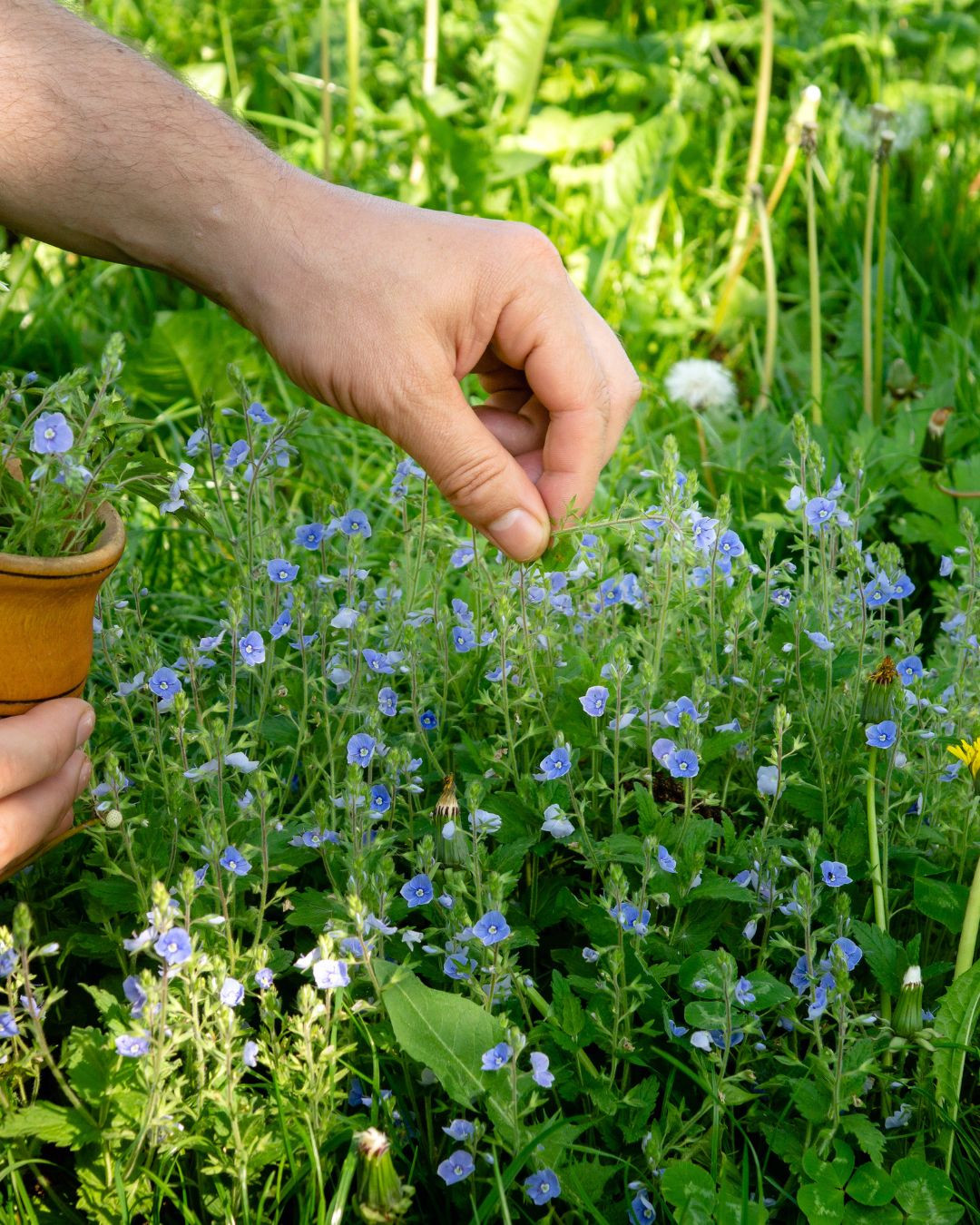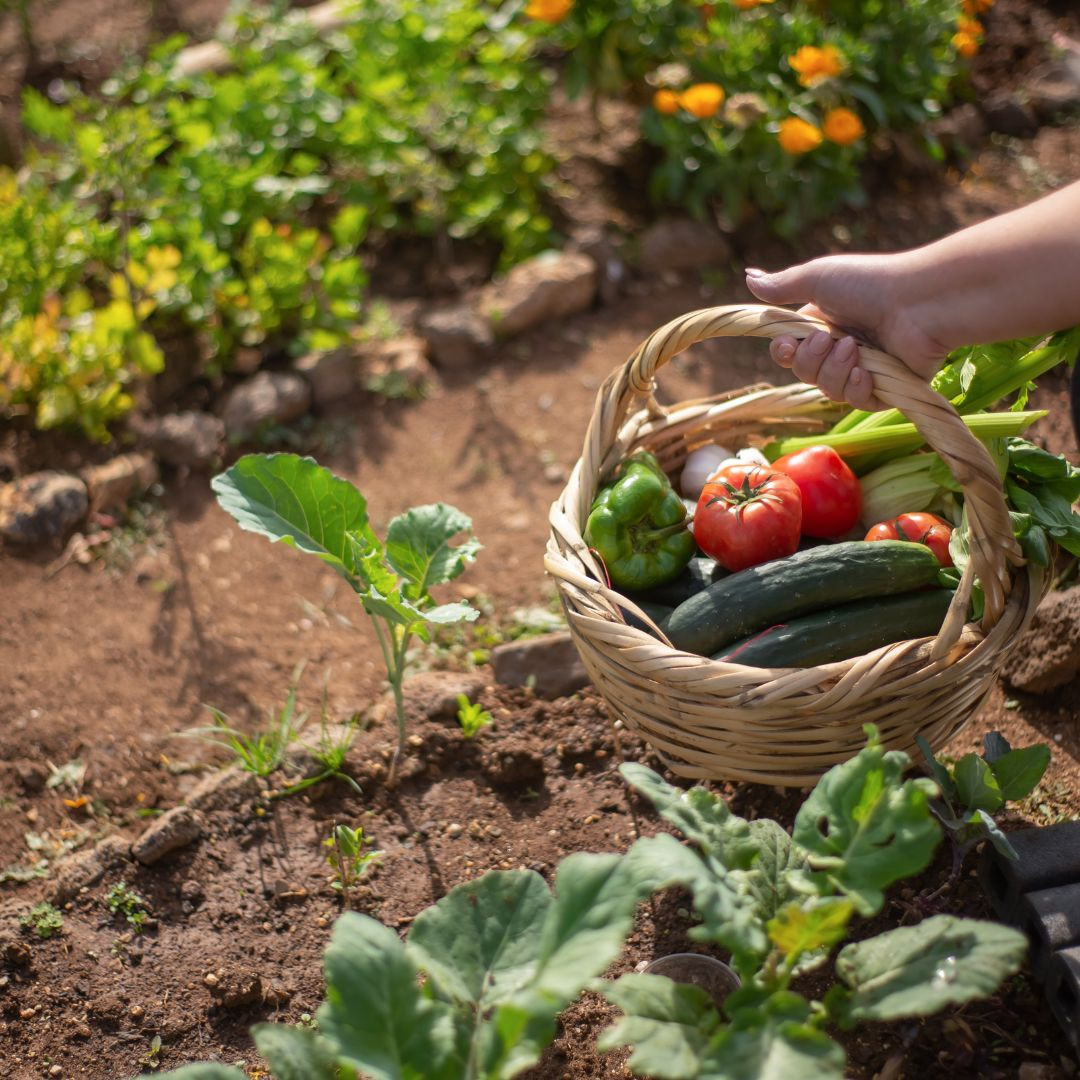
This post may contain affiliate links, which means that I may receive a commission if you make a purchase using these links, with NO additional cost to you.
When raising sheep, there is a good chance you'll at some point have an orphan lamb. There are many reasons a lamb may become orphan: the ewe (mom sheep) has too many lambs and not enough milk for everyone, the lamb was stepped on and now cannot keep up, sometimes the lamb is simply thrifty at birth and the mom rejects it. Caring for an orphan lamb can be challenging at first, but can be quite exciting. The first several days are the hardest. Newborns need to eat frequently. After the first 4 days, you can begin to increase the time between feedings and increase the amount of milk given. Begin to offer creep feed and hay around 2-3 weeks old. For starting the lambs off on the bottle read my blog on Starting Bottle Babies. A heat lamp is required if nights are anywhere near 40 degrees or lower.
The First Few Days
The first few days are crucial for any orphan lamb. Newborn lambs need to eat every 4 hours minimum, every 2 hours the first 12 hours with colostrum. Colostrum is a yellowish liquid that is secreted from the mother's mammary glands during late pregnancy and early lactation. It is rich in fat, protein, vitamins, minerals, and antibodies that help protect newborn lambs from disease. Lambs that do not receive colostrum are more susceptible to disease and death. Colostrum can be fed to orphan lambs via bottle or esophageal feeder tube.
If you do not have access to fresh colostrum, you can use powdered colostrum replacer mixed with warm water. You can also feed cow or goat colostrum if that is all you have available. Do not feed sheep milk replacer as it does not contain enough fat or calories for growing lambs. Feeding should take place every 2-4 hours for the first few days of life.
They need to be fed colostrum within the first 12 hours after birth. After 24 hours have passed, you can begin to feed them milk replacer. Milk replacer is a powder that you mix with water to create a milk-like substance for lambs to drink. Lambs should be fed milk replacer every 4 hours for the first week of life. After the first 3 days, you can stretch overnight to 6 hours.
If the lamb is strong and there are many of them, 4 or more, I start them onto a bucket with nipples for them. If they are weak, a single bottle, with a small nipple, is going to be necessary. Buckets with nipples, can help with the overnight feeds. Put their overnight feeds in the bucket and let them eat free choice overnight. This only works if cats cannot get to the bucket. They will chew the nipple off and drain the bucket of milk.
After the First Few Days
After the first 4 days, you can begin to increase the time between feedings and increase the amount of milk given per feeding. A general rule of thumb is 10% of body weight per day in milk replacer divided into 5-6 feedings per day. For example, a 10 lb lamb would need 1 pint of milk replacer per day divided into 5-6 feedings. This is usually 1-1.5 cups per feeding by the time they are 2 weeks old.
Around 2-3 weeks old, you can begin to offer creep feed and hay along with milk replacer and fresh water. Creep feed is a high-protein supplement fed to young lambs separate from their mothers' diet. It helps them grow and develop properly while providing essential nutrients they might not otherwise get from their mother's milk or pasture grazing alone. Hay should be offered free-choice starting at 3 weeks old. Hay is an important part of a sheep's diet and helps with digestion. Lambs should have access to hay at all times.
Lambs will continue to need milk replacer until they are weaned at 8-10 weeks old. At 5-6 weeks old, you can start to wean them off milk replacer and onto just creep feed and hay. As they eat more creep feed and hay, they will want less milk. Read the lambs consumption and slowly decrease the number of feedings. By 8-10 weeks old, they should be able to sustain themselves on just hay and pasture grasses.
Here’s a sample of how I feed bottle lambs:
Newborn: every 2 hours with colostrum for 12 hours
Day 2-3: every 4 hours round clock
Day 4-7: every 4 hours during day, 6 hours at night
Day 7-10: 5 times (6am, 10am, 2pm, 6pm, 10pm)
Day 11-14: 4 times (6am, 11 am, 4pm, 9pm)
Week 3-5: 3 times (6am, 1pm, 9pm)
Week 6-8: 2 times (6am, 6pm)
Week 9-10: 1 time (6am)
Week 11: None (hay and creep)
Some lambs require dropping feedings before they will even venture to try the creep feed and hay.
Caring for an orphan lamb may seem like a daunting task, but it can be very rewarding. It is important to remember that they require extra care and attention during those first few crucial days of life. By following these simple guidelines, you'll give your orphan lamb the best chance at a healthy start in life. Remember to always consult your veterinarian if you have any questions or concerns about your lamb's health. Good luck!
As I've grown in my journey as an entrepreneur, mom, gardener, and livestock owner, I struggled to find a planner that met my needs and kept me organized. So I MADE MY OWN. You can take a look at it on the link blow and buy it on amazon below
Don't want the whole calendar part? I got you! I pulled the gardening and animal care pages out and put them in a book all their own.
Wanting a community to lean into? Join the FREE Helping Your Family Homestead for Food group! This community is for the Mommas, looking to stay home and raise their kids, but unsure how to keep everyone fed and make ends meet. I share tips from my journey from the office, to half the income and feeding my family from home, while maintaining good nourishing food. Tips include: gardening, bulk buying, caning,/preserving, livestock, homesteading, and home remedies. Your family is precious and this group is to help you gain the knowledge and tools to keep your family well and not reliant on outside professionals. Remedies and tips are easy and simple for the busy momma, time is precious after all, including pregnancy, birth, young kids, and illness. Trust your Momma gut again! This community offers the resources + community you need to help get started on your journey and prepare for whatever future you envision.
Starting to garden doesn't have to be hard! I gathered all the tips I've learned over my gardening learning curve and made them into a simple course to jump start your gardening your life.
Supporting Your Family Naturally From the Inside Out community!! This community is for the Mommas, looking to Support Your Family from Nature for Wellness. Tips range from nutrition, herbals, detoxing, natural cleaning, and essential oils. Basically all the things I’ve learned slowly over the past 5+ years if my journey. We have moved off Facebook, so to better serve our community and be able to discuss openly option for providing for your family in the best way possible.
Join the FREE Community
Join the FREE Community
I've had 3 very different pregnancies. After the first traumatic birth, I learned better and how to care for my body naturally and prevent common pregnancy and birth problems before they arise. This quick course will get you the tools you need to have a naturally healthy pregnancy, labor, and delivery. My first pregnancy I had a normal western medicine all the things pregnancy. My second? I flipped to completely natural, no medicine. Bonus: Preventing Preeclampsia Without the Aspirin & Healing from Birth Trauma
Click here to get the stories straight to your email:
For more on wellness tips click here:
For more on homesteading on your budget click here:
For more simple DIY updates click here:















0 Comments